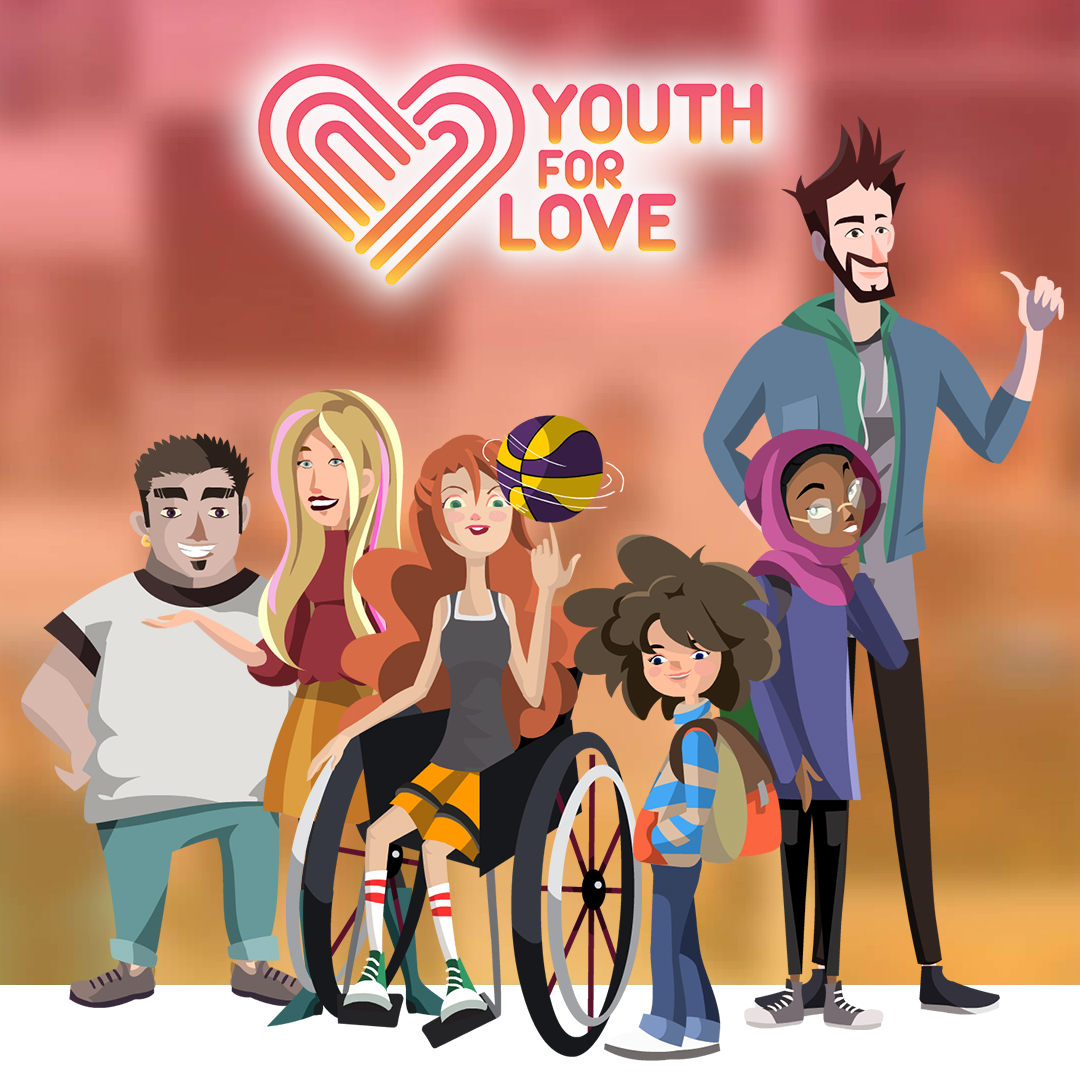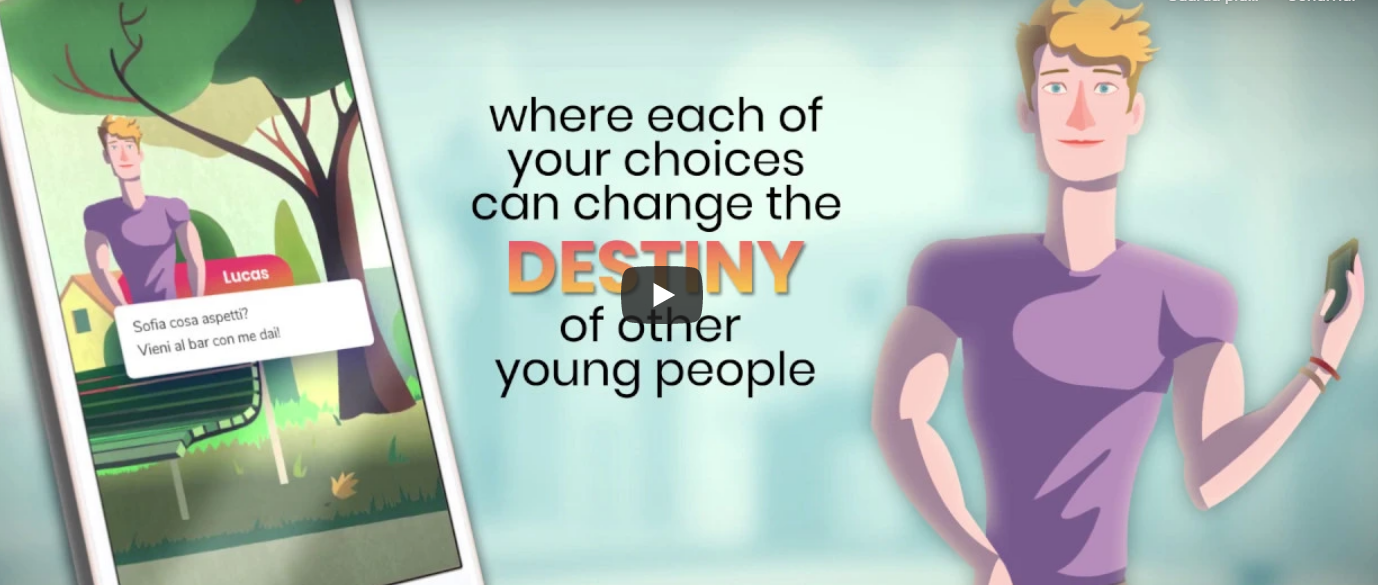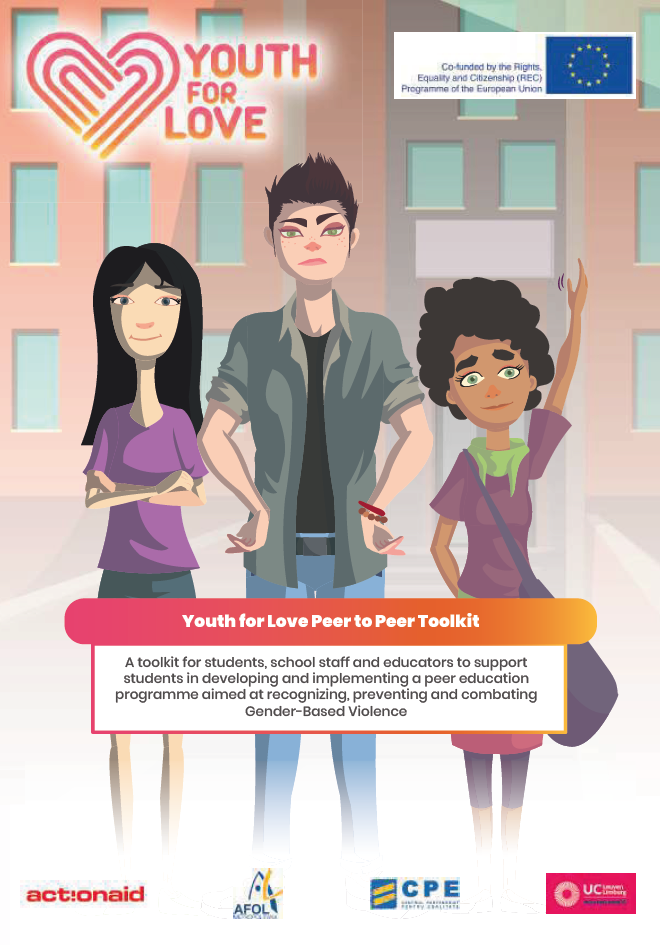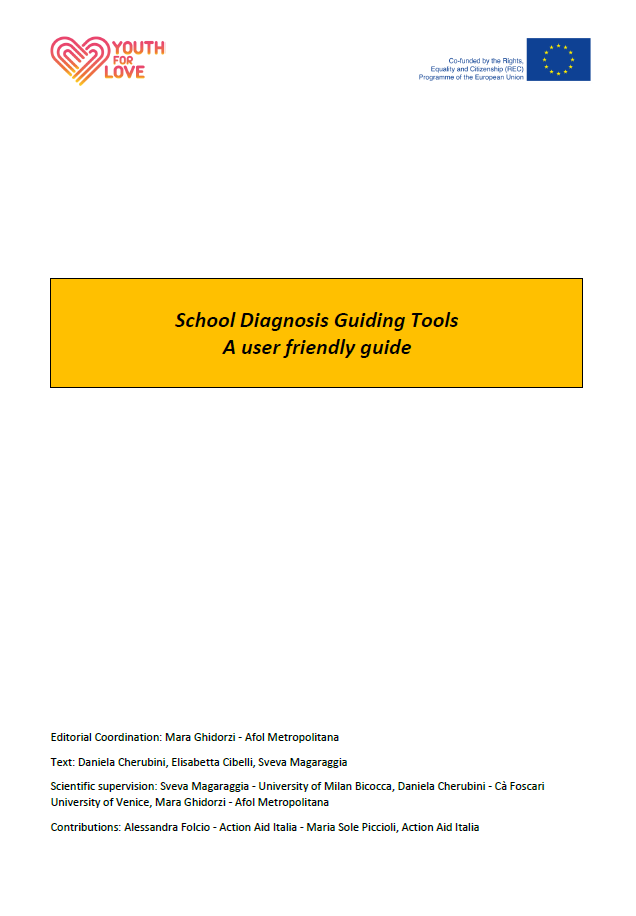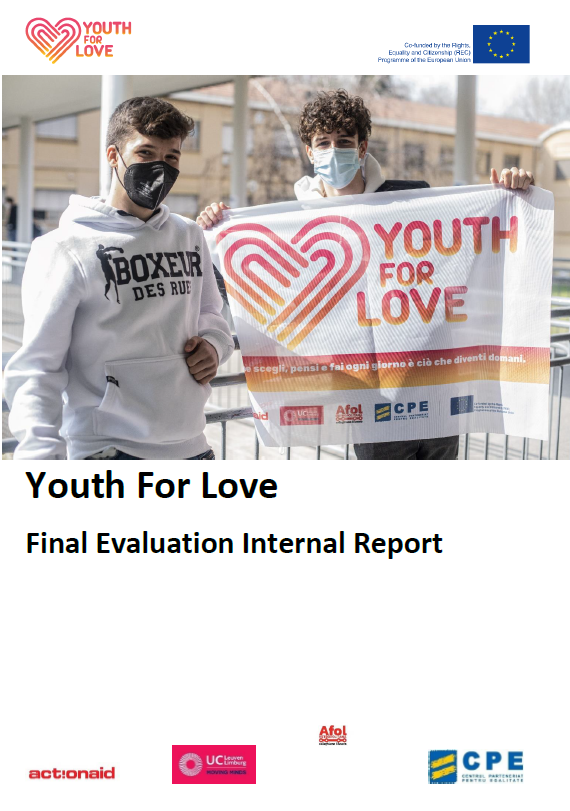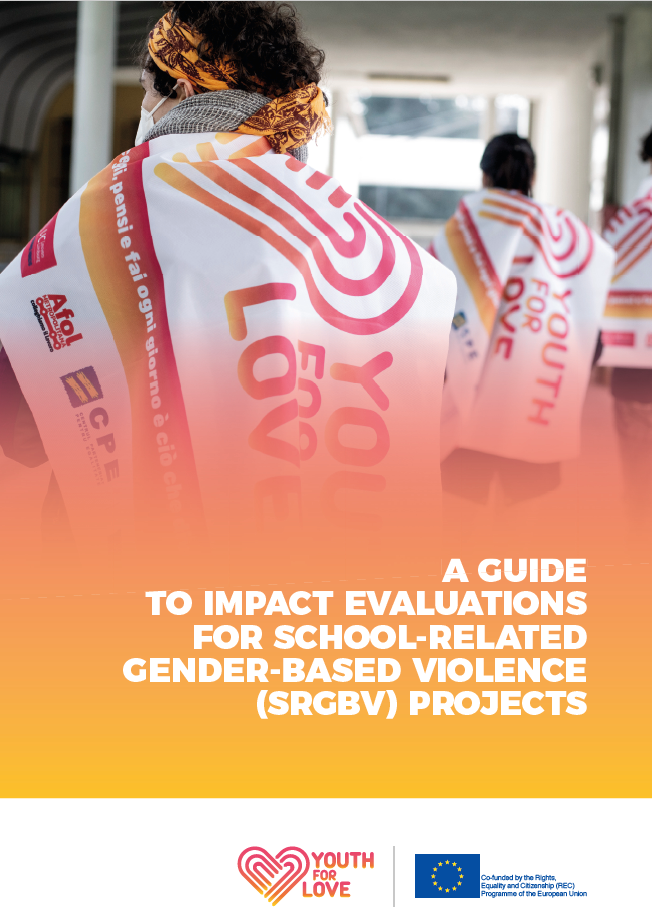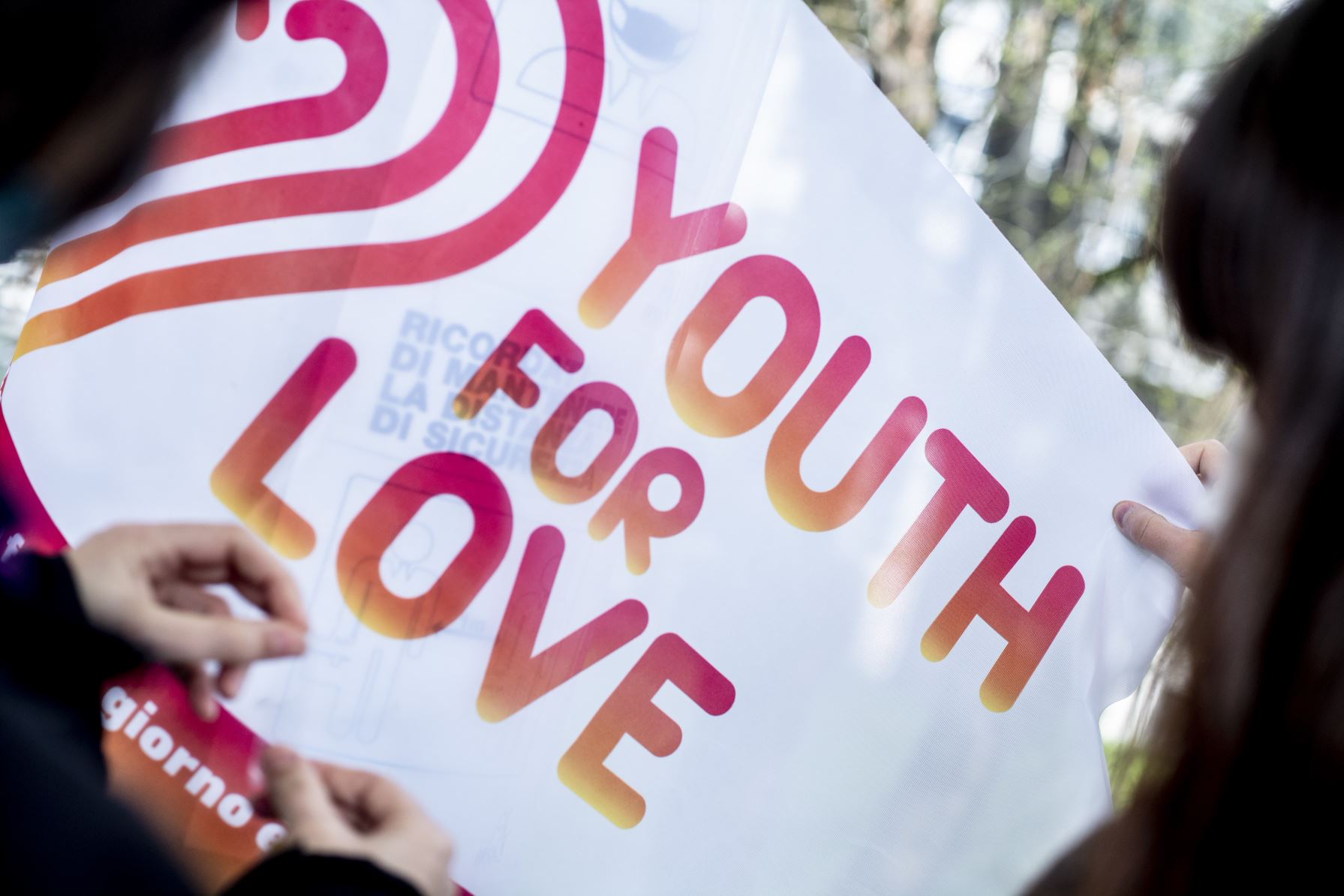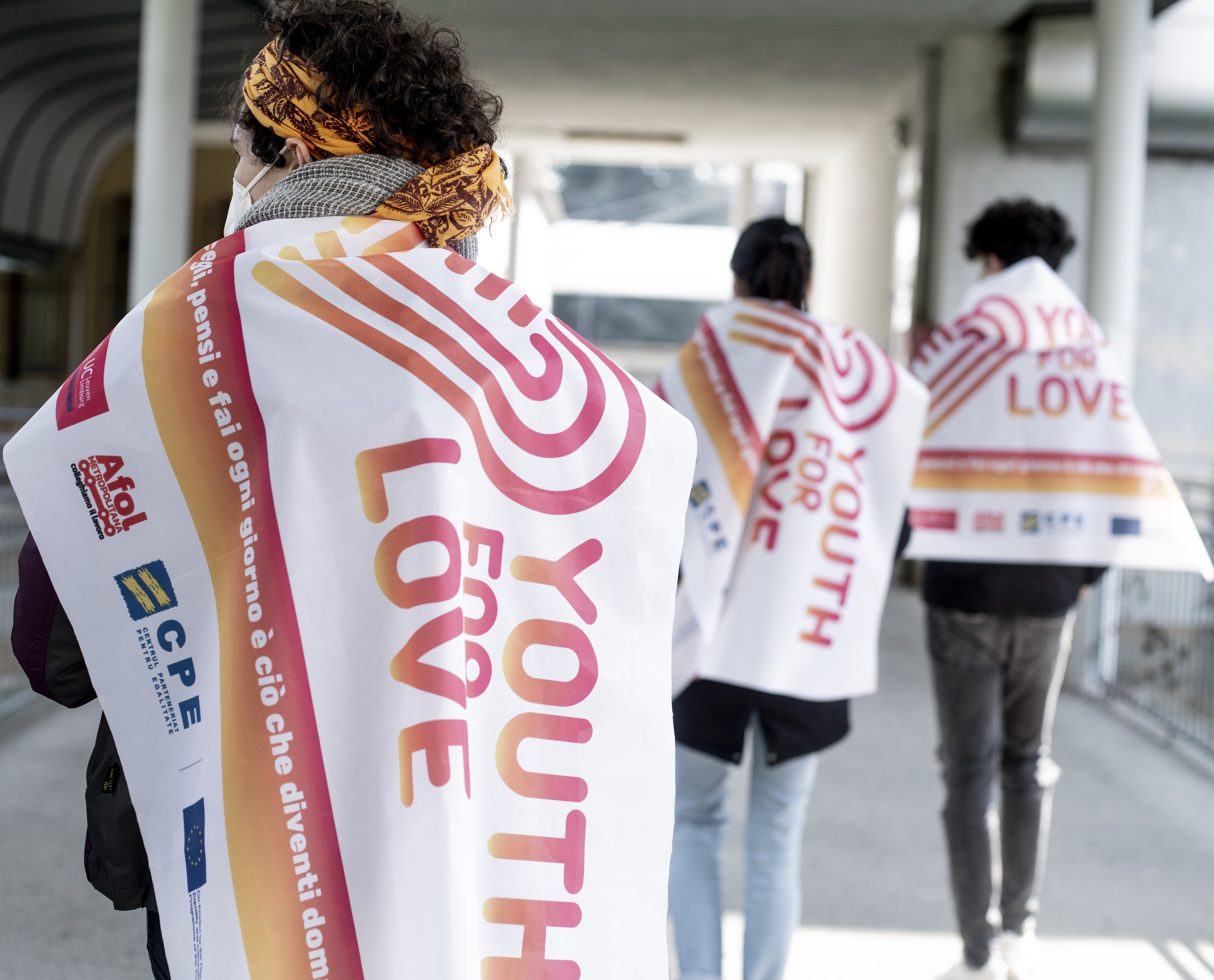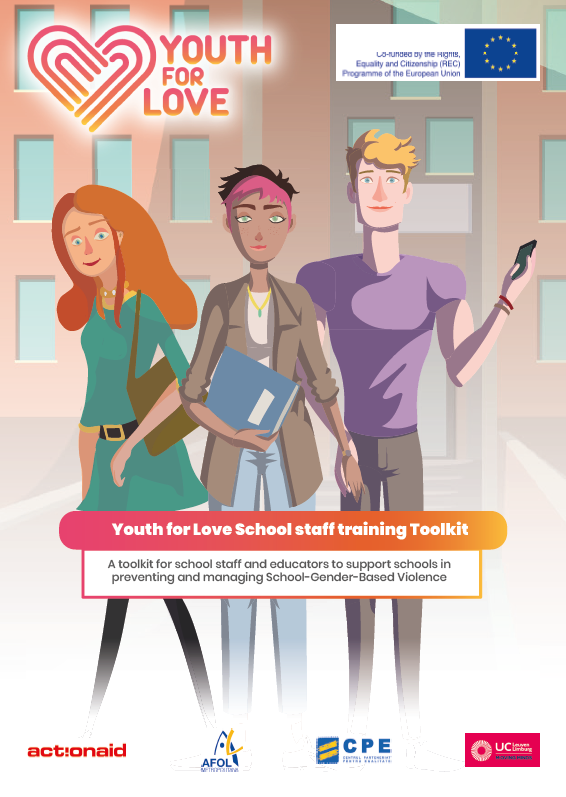“YOUTH FOR LOVE – THE GAME” New stories and new characters
In this second edition of the Youth For Love project, "Youth For Love - The Game", the online game aimed at boys and girls to test themselves and learn how to deal with gender-based violence, peer violence, bullying and cyberbullying, is a must. This virtual way allows them to experience first-hand potential but realistic situations of abuse, harassment, bullying or cyberbullying and understand how to respond and how to adopt respectful and fair behaviour. New characters and new stories: how does the game evolve? In the second edition of Youth for Love - The Game, new characters join Amar, Sofia, Lucas, Yasemin, Maria, Lyn and Georgios who were the protagonists of the first edition of the game. the 6 new characters to identify with are: Stef, Sabine, Andy, Robert, Lisa and school aide Mark. The protagonists of these new stories introduce the lens of intersectionality, showing how the elements that characterise the social and political identities of each person should be valued and not exploited to justify discrimination and acts of violence. Inclusion, fear of being oneself, misunderstandings, quarrels, chat room discussions, youth activism and participation are some of the topics brought by the new characters in the 6 new webgame stories. During the game, girls and boys, through the interactions and crossroads choices they will make, will experience real, everyday situations at school, in the park, in group chats and at home that can turn into potential incidents of violence, bullying or cyberbullying. Players, therefore, will direct the story by choosing and testing the consequences of their choices. With the mediation of a moderator, it will also be possible to comment and share on social media the outcomes of the stories experienced and the choices made. Surfing and playing, the gamer can see the levels of soft skills acquired: from recognising the dynamics and phenomena of peer violence, to learning how to handle situations, to knowing how to react to situations by applying the skills acquired. Now it's your turn, play the Youth For Love webgame! The aim of the game is to recognise the signs of peer violence and bullying in contexts that young people experience on a daily basis and to encourage reflection on situations and choices to be made.





